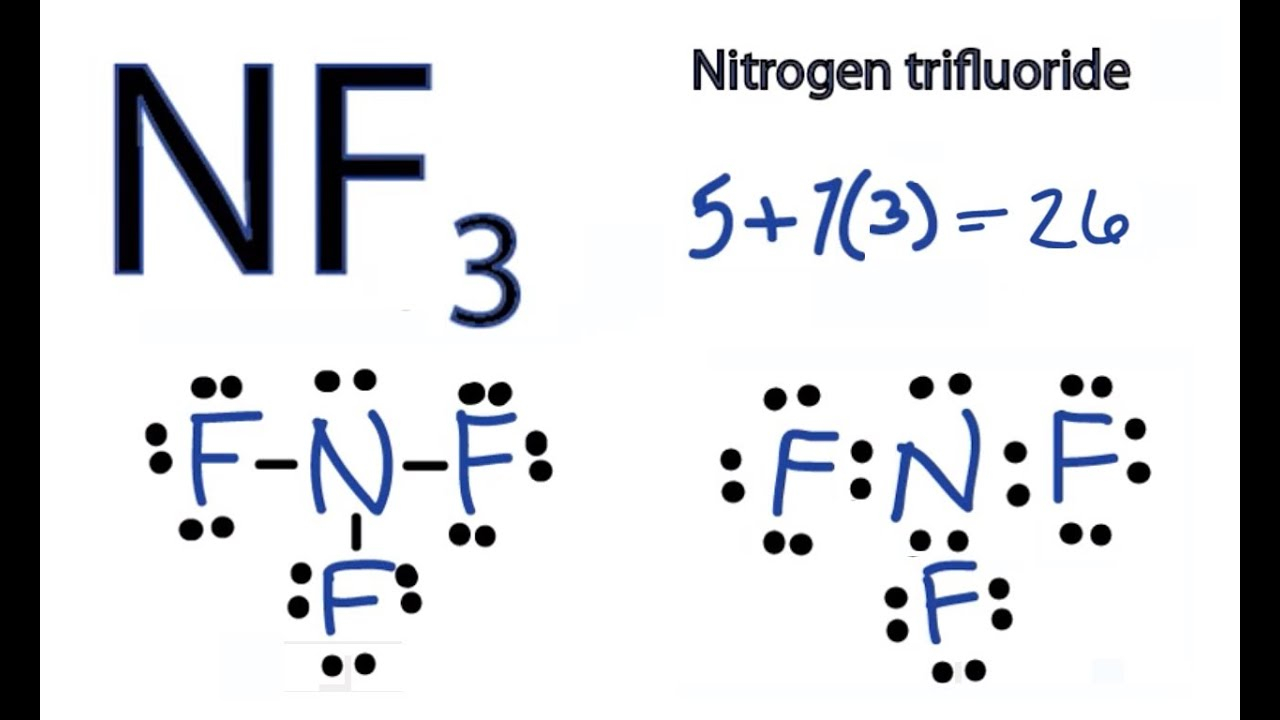3NF Pictures: Simplifying Database Normalization
Have you ever been confused by the normalization of databases, especially with regard to the 3rd Normal Formula (3NF)?
You’re not the only one. I struggled with this notion as well. Once I understood the accurate way to simplify it into smaller pieces, things started clicking. Particularly when I made use of 3NF images to help me visualize the entire process. In this article, I’ll guide you through what exactly 3NF is, the reasons it’s so important, and how 3NF photos can help simplify the whole process to comprehend. If you follow this guide, I promise you 3NF article, you won’t have an issue for you anymore.
Outline
- What is Database Normalization?
- Understanding the 3rd Normal Form (3NF)
- Why 3NF Matters for Your Database
- How 3NF Pictures Help You Understand Better
- Steps to accomplish 3NF in Your Database Design
- 3NF in Real-Life with Pictures
- Common Misconceptions About 3NF
- Questions about 3NF and Normalization
What is Database Normalization?

Before we dig into 3NF photos, we’ll briefly explain what normalization in databases is. In its most basic form, it is a process that is used to organize the database in order to minimize the amount of redundant data and increase data reliability.
- What is duplicate? Think about how some data could appear diverse times at different locations. Normalization can eliminate duplicate data.
- What is the significance of HTML0?
If databases aren’t normalized, they could become bloated, slow, and more susceptible to errors. It’s like trying to locate an item in a library, where the same book is found on various shelves.
Understanding the 3rd Normal Form (3NF)
Let’s discuss 3rd Normal Form” (3NF). It may sound complex, but it’s actually not too bad when you know how to break it down. This is a simplified definition of the term:
- 3NF:
A table is 3NF if it’s already within the second Normal Form (2NF) and every primary attribute is non-transitively dependable on the key that is primary.
In Simple Terms:
- 1NF (First Normal Form):
Eliminate multiple types of data. - 2NF (Second Normal Form):
Make sure that each non-primary attribute is totally dependent on the entire primary key, not only part of it. - 3NF (Third Normal Form):
Check that non-primary attributes do not depend on non-primary attributes.
Example:
Imagine a table containing students’ data. If we have “student ID” as the primary key and also “student name” and “course name” in the table, 3NF is making sure “course name” isn’t dependent on “student name” but only dependent on “student ID.” If the course’s name is dependent on the name of the student, then we’re in trouble because the database would be more difficult to maintain and may be filled with mistakes.
Why 3NF Matters for Your Database
Achieving your database to 3NF is essential. It’s akin to cleaning an unorganized desk. Sure, you could deal with the mess, but it’s not efficient and will waste much time sorting things out in the future.
- Performance:
3NF helps reduce the amount of unneeded data stored, which means your database will run faster. - Accuracy:
You minimize errors. If data is located in a single location, there won’t be multiple, possibly incorrect versions of that data scattered around. - Scalability:
As your database expands, managing it becomes simpler when it’s 3NF. It’s not necessary to doubt about repairing broken relationships between data.
How 3NF Pictures Help You Understand Better

Have you ever tried visualizing a difficult area?
3NF photos make the process of normalizing your database much easier to comprehend. They visually show how your database’s tables should be arranged. The great thing about pictures is that they show the connection between different data elements clearly. Instead of looking at a text-heavy wall, you can view the relationships and dependencies in an instant.
Benefits of Using 3NF Pictures:
- Clear Relationships:
Illustrations show how tables join and benefit you understand dependencies better. - Simplifies Concepts:
Pictures for visual learners transform abstract concepts into concrete concepts. - Manuals Your Process:
If you’re creating databases, together images to guide your efforts in normalizing will help you avoid making mistakes.
Steps to reach 3NF in Your Database Design
The journey to 3NF does not have to be an uneasy journey. Follow these steps and you’ll arrive at 3NF in a breeze:
1. Begin with 1NF
- Organize the data in tables.
- Check that each table includes the primary key.
- Make sure that the data is atomic. This means there aren’t many values within one field.
2. Move to 2NF
- Eliminate partial dependencies. Be sure that the attributes of non-primary are dependent on the whole primary key and not just the key.
3. accomplish 3NF
- Remove transitive dependencies. Non-primary attributes shouldn’t depend on any other attributes that are not primary.
Quick Example Using 3NF Pictures
Picture a student database again. If you use 1NF, it could have one huge table filled with multiple data points, for example, having student information as well as course details in a single table.
In 2NF, you can separate students’ details into one table and the course information in another table.
In 3NF, you assure that other attributes, like the “student’s address,” don’t depend on anything like “course details.”
In this form, the tables are clean with clear relationships as well as no data clutter.
3NF in Real-Life with Pictures
Let’s suppose we have a database that is used by the retail of a small store. At first, you might have a table that includes categories, product names, prices, and the names of suppliers. If you attempt to store suppliers data directly within the table for products, you’ll encounter issues when making changes to the information.
Visualizing the Problem:
- Product Table:
Product ID Product Name Category Price Supplier Name
When you update a supplier’s name, you’ll have to update it for each product they offer. This results in redundant.
3NF Solution:
By breaking down supplier information into separate tables, it eliminates redundancy and only updates the information in one place.
| Supplier ID | Supplier Name |
|---|
This simple 3NF image ensures everything is clean, which reduces errors and improves efficiency.
Common Misconceptions About 3NF
Although 3NF may seem simple, there are a few common misconceptions about 3NF:
- “3NF is unnecessary.”
Some people believe smaller databases do not require normalization. Even with a smaller data set, adding normalization can reduce the chance of errors and increase efficiency. - “I’ll lose data with 3NF.”
Nope. It’s not like you’ve lost data, but you’re just arranging it more efficiently. The information is there, but it’s just a little cleaner and easier to manage.
FAQs About 3NF and Normalization
Q: What happens if I do not normalize my database?
A: Without normalization, you run the risk of errors, redundancy, and inefficiency. Your database will slow down and become more difficult to manage as it expands.
Q 3NF: Is it always the last version in normalization?
A: No. There are other forms that are more common, such as 5NF and 4NF; however, for the majority of databases, 3NF is a great compromise between efficiency and simplicity.
Q: Could an individual database benefit from 3NF?
A: Absolutely. Even databases with small amounts of data need to be properly organized. 3NF makes redundancy less likely, making maintenance simpler and preventing problems in the future.
What can I tell if my database is 3NF?
Examine to see if there is a transitive dependence. If a non-primary attribute is dependent on a secondary attribute that is not primary, it’s not part of 3NF yet.
Q: Is it difficult for you to accomplish 3NF?
A: No, not actually! Once you grasp the fundamentals, it’s second nature. Follow the steps as laid out to get there.
Final Thoughts on 3NF Pictures
3NF may seem like something only database specialists are interested in, but believe me, everyone who runs databases can benefit from 3NF. The best part is, with help from 3NF pictures. benefit of 3NF images, understanding and implementing it is a lot easier.
Also, if you’re trying to boost the performance of your database, upgrading it to 3NF is a good option.




